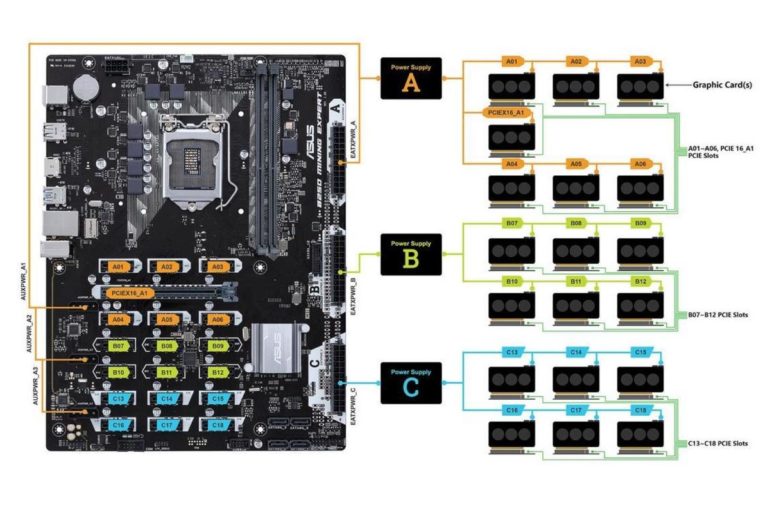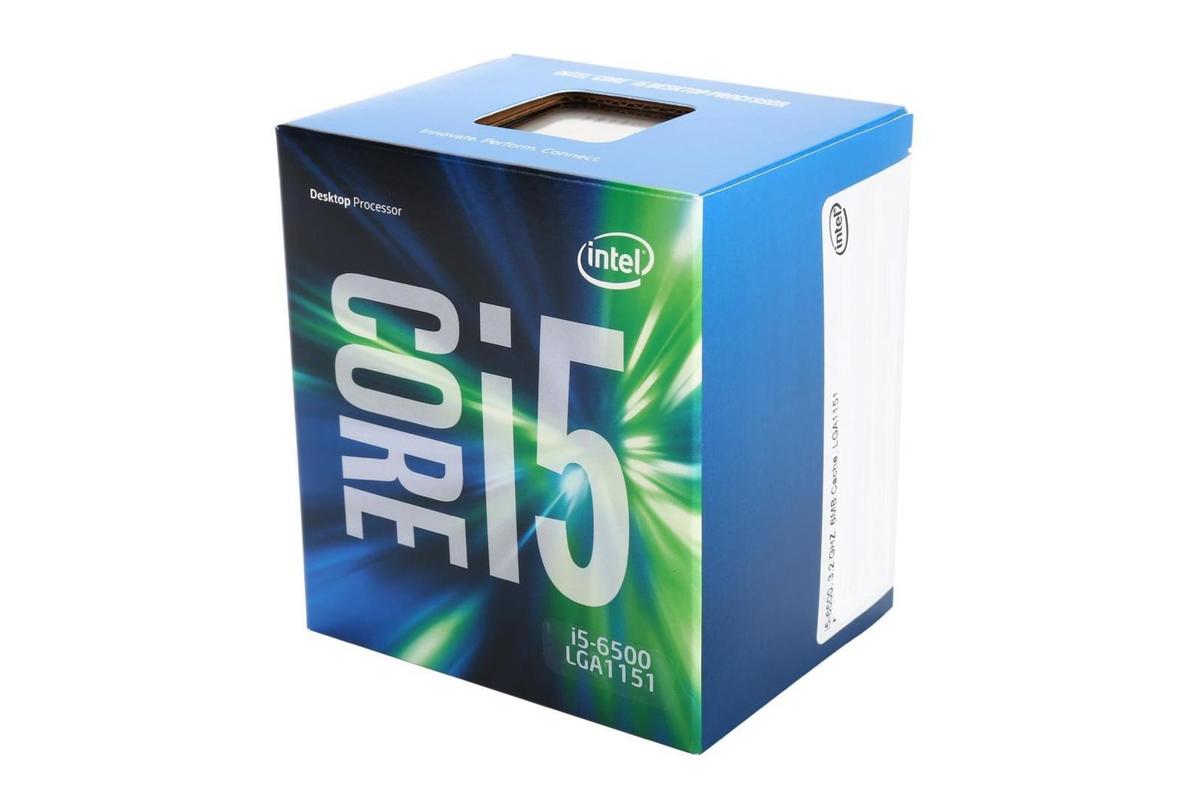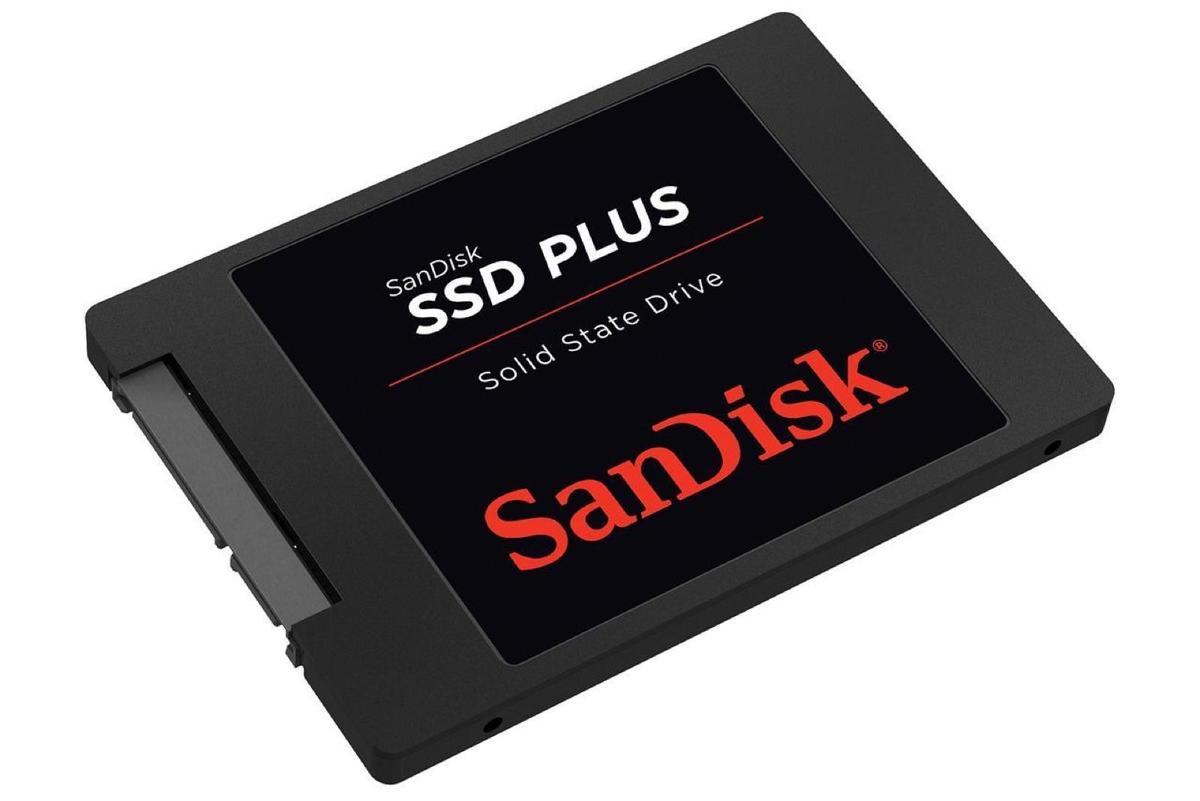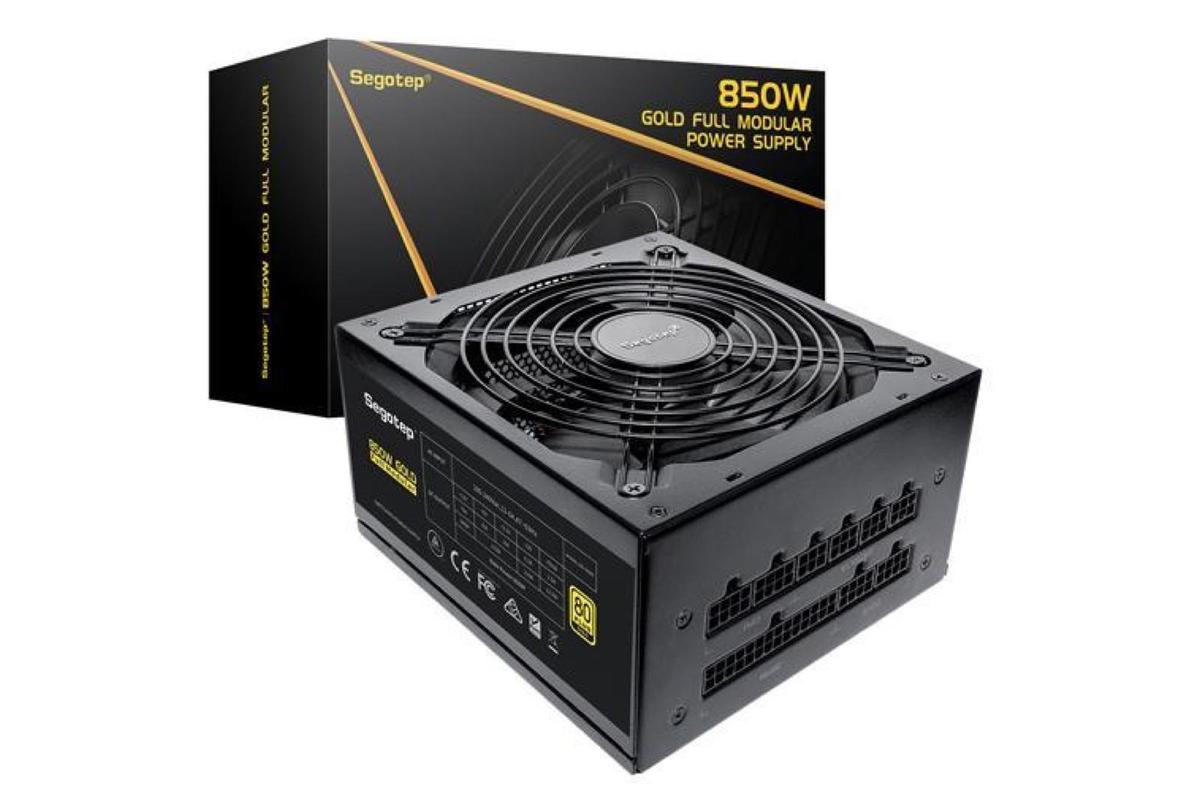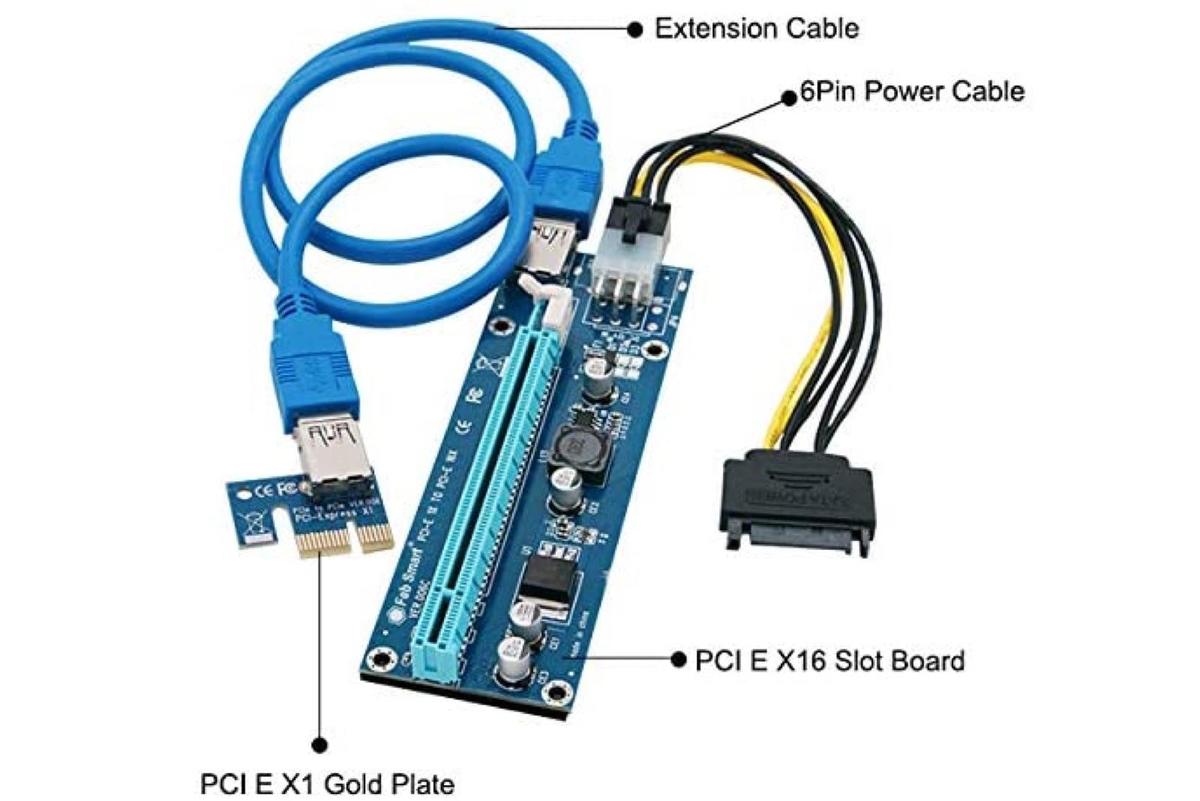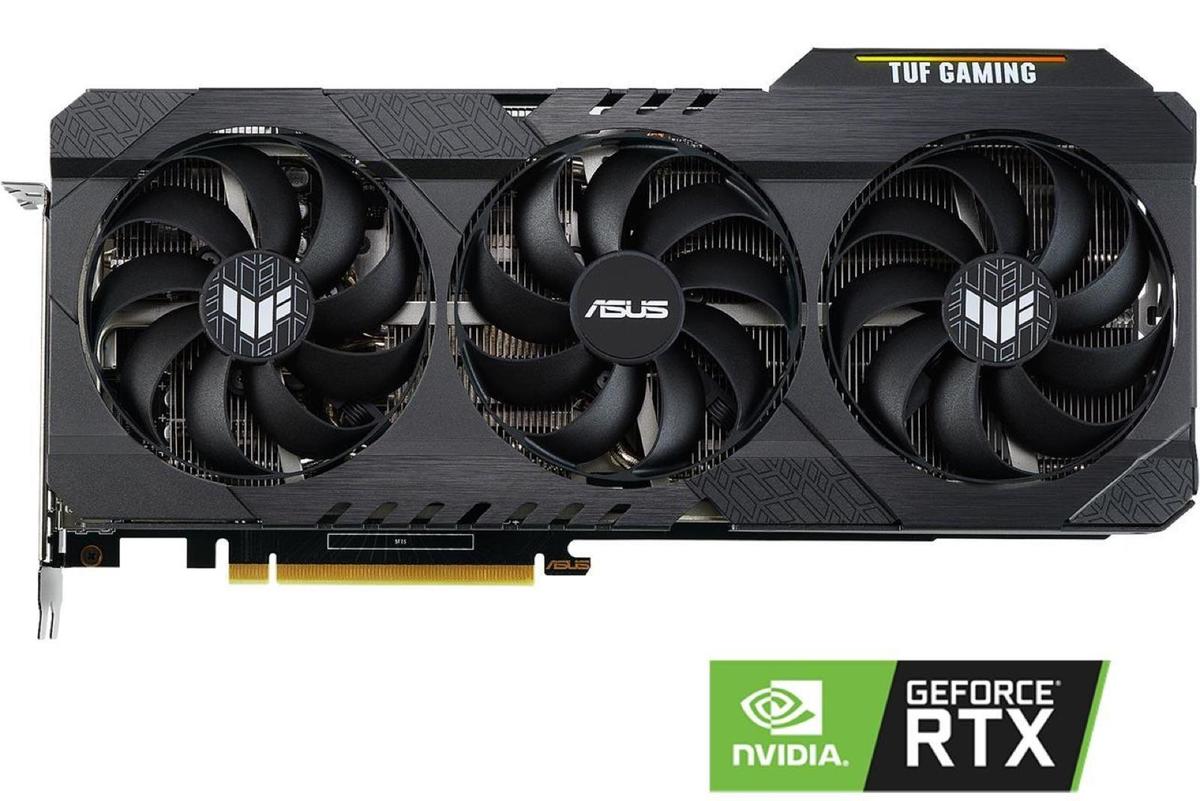Cryptocurrency has been — and continues to be — a wild ride.
I’m old enough to remember being given a couple of bitcoins when they were worth next to nothing. Needless to say, I don’t have them anymore. Now, with bitcoin and other cryptocurrency prices skyrocketing again, there’s renewed interest in cryptomining, which is a way to accumulate cryptocurrency without having to pay for it.
Let’s take a look at what makes a good cryptomining rig, and what hardware it takes if you want to be serious about mining.
What is cryptomining?
In the most basic terms, you are using a computer (or computers) to solve cryptographic equations and record that data to a blockchain. Taking this a bit deeper, miners verify the hashes of unconfirmed blocks and receive a reward for every hash that is verified. The process is computationally intensive, requiring state-of-the-art hardware if you are planning on making much headway with mining. Mining, as it was back in the days of the gold rush, is not for the faint of heart.
And as with all high-end systems, it’s less a case of how much do you want to spend, and more a case of how fast do you want to spend. So, what hardware do you need to mine cryptocurrency?
What is a cryptomining rig?
OK, the “rig” is essentially a customized PC. It has all the common elements of a PC: CPU, motherboard, RAM, and storage. Where things deviate from the norm is when it comes to the graphics cards. It’s the GPU that’s doping that hard work when it comes to mining cryptocurrency, and not the CPU. You’re going to need quite a powerful GPU for mining, and likely you are going to be buying more than one. A lot more.
In fact, you can think of a mining rig as a relatively cheap PC with one or more high-performance GPUs attached. You need to connect multiple graphics cards to a single system, which means you also need a motherboard to handle that. You’ll also be looking at more than one power supply unit (PSU) if you’re planning to push things to the extremes.
There are also some other mining-specific items you’ll need to make the mining rig ready for mining.
Mining rig considerations
Here are a few considerations to bear in mind when building a mining rig:
It’s not going to be cheap! You need to factor power consumption in your mining equation because that can eat into your earnings.You’re not building a regular PC, and getting everything to work can become a game of trial and error and a lot of fiddling with drivers. Be patient!
Asus B250 Mining Expert
OK, let’s start with the motherboard. The Asus B250 Mining Expert is a beast of a motherboard, capable of having 19 graphics cards connected to it. That’s a lot. The board isn’t new — it was released in 2017 — and it is finickity when it comes to setting up (it needs a specific layout of AMD and Nvidia graphics cards),
Asus has published recommend GPU layouts for 19-, 13-, and 11-card for this board, and while other layouts might work, I recommend staying with what the manufacturer suggests, as veering away from this is a recipe for a serious — not to mention expensive — headaches.
Note: Asus recommends running Windows 10 with this motherboard.
Intel Core i5-6500
There’s no real point in overspending on a CPU for a mining rig since it’s the GPU’s that are doing the hard work. This quad-core Core i5 is perfect for this setup and works great with the motherboard chosen above.
SanDisk SSD Plus 1TB
I’d install a couple of these 1TB SSDs. At under $100 each, they’re perfect for this kind of application. You could go with HDDs, but I prefer going with SSDs nowadays.
Segotep 850W Full-Modular PSU
Depending on how many graphics cards you have installed, you may need multiple PSUs. It’s tempting to find the cheapest possible, but since they are going to be pushed hard, I recommend paying a little more.
These Segotep PSUs are middle-of-the-road good value, yet they offer reliable performance. The modular nature also means that you’re not turning the mining rig into a spaghetti of wires.
FebSmart 16x to 1x Powered Riser 6-pack
Even if you’ve built a PC in the past, I bet you’ve not had to fit in PCI-E risers. This is where a bitcoin mining rig differs from a regular PC in that you can’t have all the graphics cards directly attached to the motherboard, so these risers allow you to connect them indirectly.
You’re going to need one of these for every card you connect (other than the card that goes into the x16 PCI-e slot). This six-pack of powered risers are great and provide stable power to your graphics cards.
I do not recommend using non-powered risers. I’ve had nothing but problems with stability using them in the past in cryptomining rigs, so don’t make the same mistake I made!
ASUS TUF Gaming GeForce RTX 3060 Ti
This is a great card and everything you’re looking for in a mining rig. Loads of potential for overclocking, stable, and great cooling. Another nice side benefit is that it’s quite an efficient card, which means lower power consumption and reduced mining costs.
The only downside is the price, which gets exponentially more painful when you add more cards.
